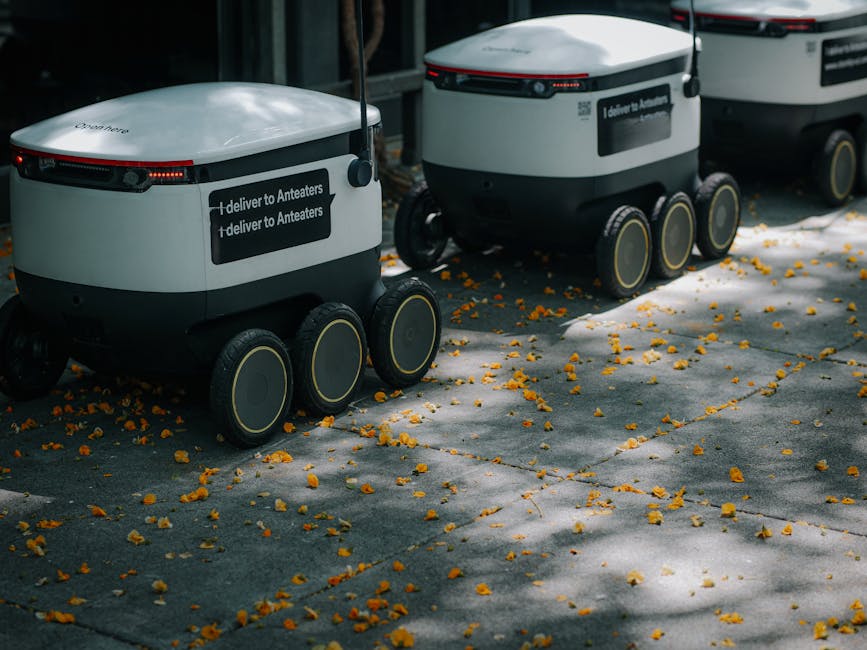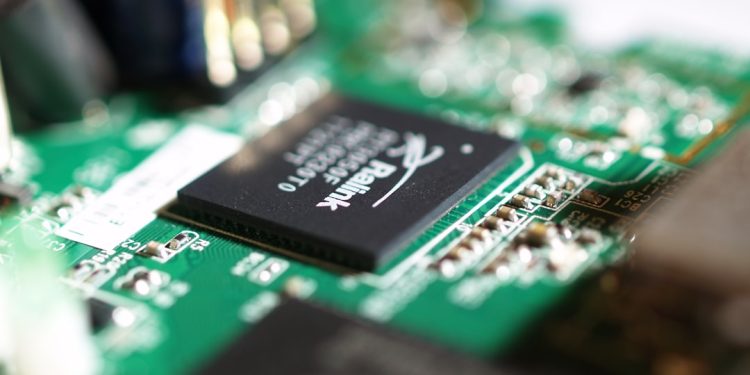No products in the cart.
AI Innovations Driving the Future of Consumer Electronics
Discover how AI is reshaping consumer electronics through innovative design and testing, paving the way for smarter devices.
San Francisco, USA — The landscape of consumer electronics is evolving at a breathtaking pace, driven largely by advancements in artificial intelligence. From smart home devices that anticipate our needs to smartphones that can recognize our faces, AI is not just a buzzword; it’s a transformative force. As young professionals carve their niches in this dynamic field, the roles in AI product design and testing are becoming invaluable.
Consider the journey of Maya Chen, a 25-year-old product designer at a leading tech firm in Silicon Valley. With a background in human-computer interaction, Maya embodies the new breed of innovators who are merging creativity with technical prowess. “Every device we create is a reflection of the user’s lifestyle,” she says, emphasizing the importance of empathy in design. Her team recently launched a smart thermostat that learns users’ habits, adjusting the temperature automatically for maximum comfort and energy efficiency. It’s a product of not just technology but also deep understanding — a perfect blend of art and science.

AI’s influence extends beyond the sleek designs and algorithms. It plays a crucial role in testing and quality assurance as well. The iterative process of creating smart devices requires rigorous testing, and AI is proving to be a game-changer. Automated testing tools can simulate thousands of user interactions in mere hours, identifying potential flaws before the product even hits the market. This not only saves time but also ensures a higher standard of quality, which is essential in a competitive landscape.
Standard Bank Seeks Customer Service Consultant Amid Growing Demand
Standard Bank is hiring a Customer Service Consultant, reflecting broader trends in the financial sector. Discover the job details and…
The integration of AI into consumer electronics is not without its challenges. Ethical considerations loom large, especially when it comes to data privacy and security. Many young designers find themselves grappling with the implications of their creations. How do you balance innovation with responsibility? This question is at the heart of many discussions in design labs across the globe.
His commitment is a reminder that as we race towards the future, we must tread carefully, weaving ethical considerations into the very fabric of innovation.
Take the example of Raj Patel, a software engineer who recently transitioned to a role focusing on AI ethics at a prominent electronics manufacturer. “We need to ask ourselves: How much data is too much?” he reflects, stressing the importance of transparent data usage policies. Raj’s work involves ensuring that AI systems comply with global privacy standards while still delivering the functionality consumers expect. His commitment is a reminder that as we race towards the future, we must tread carefully, weaving ethical considerations into the very fabric of innovation.
As millennials and Gen Z increasingly demand smarter, more intuitive devices, the market for AI-driven electronics is projected to grow exponentially. According to a recent report by Markets and Markets, the global AI in consumer electronics market is expected to reach $41 billion by 2026, up from $15 billion in 2021. This surge presents a wealth of opportunities for young achievers ready to step into the breach.
For those looking to break into this burgeoning field, a blend of technical skills and creative thinking is essential. Proficiency in programming languages like Python, combined with knowledge of user experience design, can set candidates apart. Internships and hands-on projects also provide critical experience, allowing aspiring professionals to build a portfolio that showcases their talents.
 Career Development
Career DevelopmentGen Z’s Resilience Amid Economic Uncertainty
Gen Z is adapting to workplace challenges with resilience and innovation. Learn how they are shaping the future of work…
Read More →Moreover, the rise of online platforms has democratized access to education and resources. Websites like Coursera and Udacity offer courses in AI and machine learning, enabling young learners from all corners of the globe to equip themselves with the skills needed for this new era. As the lines between technology and creativity blur, the demand for interdisciplinary thinkers who can navigate both realms is more vital than ever.
Looking ahead, the future of consumer electronics promises to be an exciting blend of AI and human-centric design. Imagine a world where your fridge not only keeps your food fresh but also recommends recipes based on your dietary preferences, or where your car’s AI personal assistant knows your favorite routes and adjusts your driving style for maximum comfort. This is not science fiction; it’s just around the corner.
Websites like Coursera and Udacity offer courses in AI and machine learning, enabling young learners from all corners of the globe to equip themselves with the skills needed for this new era.
As young professionals continue to push the boundaries of what’s possible, they will play a crucial role in shaping this landscape. The challenge lies not just in creating smarter devices, but in ensuring that these innovations enhance our lives without compromising our values. The future is bright for those ready to embrace the challenges and opportunities that AI in consumer electronics presents. After all, the next wave of innovation is not just about technology; it’s about understanding the human experience that drives it.











